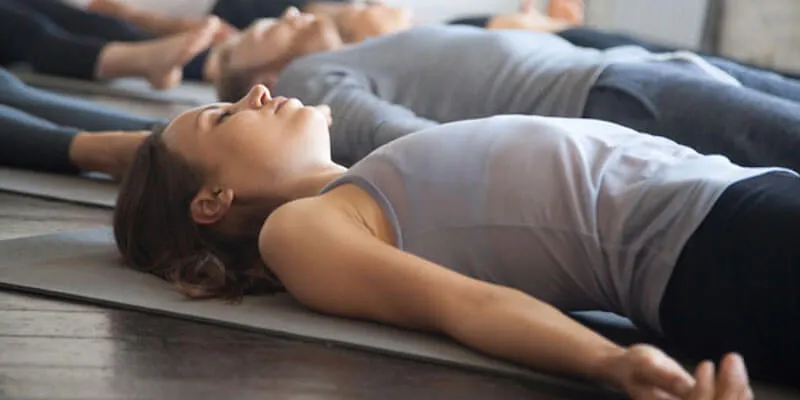In today’s fast-paced world, stress has become a common part of daily life for many people. Chronic stress can have a negative impact on both your physical and mental health, leading to a variety of health problems such as high blood pressure, insomnia, and anxiety.
Fortunately, there are many relaxation techniques that can help reduce stress and promote a sense of calm and well-being.
One such technique is progressive muscle relaxation (PMR). In this article, we’ll explore what PMR is and how you can use it to relieve stress and tension in your body.
What is Progressive Muscle Relaxation (PMR)?
Progressive muscle relaxation is a relaxation technique that involves tensing and then relaxing specific muscle groups in a systematic manner.
By intentionally tensing and relaxing your muscles, you can release physical tension and promote a state of deep relaxation in your body and mind.
How to Practice Progressive Muscle Relaxation
Follow these simple steps to practice progressive muscle relaxation:
- Find a quiet and comfortable space: Start by finding a quiet and comfortable space where you can lie down or sit in a comfortable chair without being disturbed.
- Take a few deep breaths: Close your eyes and take a few deep breaths to relax your body and mind.
- Focus on one muscle group at a time: Starting with your toes, tense each muscle group in your body for about 5-10 seconds, then slowly release the tension and allow the muscle to relax completely.
- Start with your toes and feet, then move up to your calves, thighs, buttocks, abdomen, chest, back, shoulders, arms, hands, neck, and face.
- Pay attention to the sensations in your body: As you tense and relax each muscle group, pay attention to the sensations in your body. Notice the difference between tension and relaxation.
- Take your time: Take your time as you move through each muscle group, allowing yourself to fully relax before moving on to the next one.
- Practice deep breathing: As you relax your muscles, continue to take slow, deep breaths, focusing on the sensation of your breath as it enters and leaves your body.
- Finish with a full-body scan: Once you have relaxed all of the major muscle groups in your body, take a few moments to do a full-body scan, noticing any areas of remaining tension and allowing them to relax completely.
Tips for Success
Here are a few additional tips to help you get the most out of your progressive muscle relaxation practice:
- Practice regularly: Set aside time each day to practice progressive muscle relaxation, even if it’s just for a few minutes.
- Combine with deep breathing: Combining progressive muscle relaxation with deep breathing can enhance its effectiveness and promote an even greater sense of relaxation.
- Use visualization: As you relax each muscle group, imagine the tension melting away and being replaced by a feeling of deep relaxation.
- Be patient: Progressive muscle relaxation is a skill that takes time to develop, so be patient with yourself and keep practicing.
Conclusion
Progressive muscle relaxation is a simple yet effective technique for reducing stress and promoting relaxation in the body and mind. By systematically tensing and relaxing your muscles, you can release physical tension and create a sense of calm and well-being.
Start incorporating progressive muscle relaxation into your daily routine today and experience the profound benefits for yourself.

Leave feedback about this